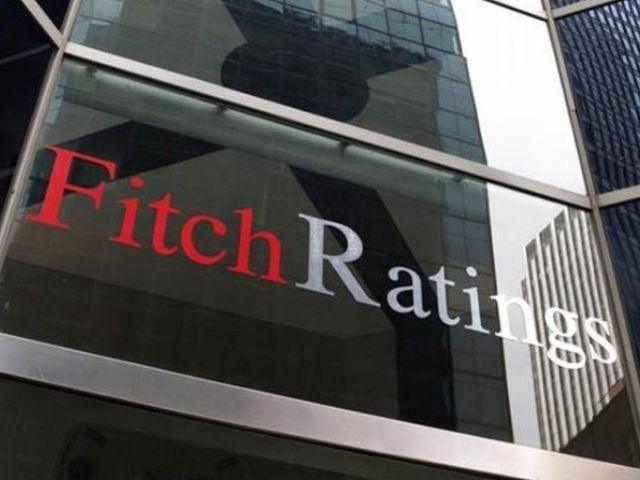Fitch Ratings has improved the long-term long-term transmitter of Pakistan in the long-term “B-” of “CCC +”, citing stronger budgetary consolidation efforts and improving external stability.
This marks the first upgrade of Pakistan in almost six years. The prospects were revised in stable, given the last time in 2018.
The rating agency underlined increased confidence in Islamabad’s ability to restrict budget deficits and pursue structural reforms within the framework of its International Monetary Fund Program (IMF).
Fitch stressed that if close economic policies should help rebuild international reserves, funding needs remain significant.
Global trade risks and security challenges, especially near the Afghan border and Balutchistan, also weigh on prospects.
In March, Pakistan obtained an agreement at the staff level with the IMF on its prolonged funding of $ 7 billion and a new resilience and durability installation of $ 1.3 billion, both extending until mid-2027.
The country has achieved key objectives on primary reserves and surpluses, although underperformative tax revenues.
The agency provides that Pakistan’s budget deficit is narrowing at 6% of GDP during the financial year ending in June 2025, compared to almost 7% a year earlier.
The main surplus should more than double at more than 2% of GDP.
Public debt fell to 67% of GDP during the 2010 financial year, compared to 75% a year earlier, and should gradually decrease in the medium term.
However, Fitch noted that the debt ratio would be cleared in exercise 25 due to a sharp drop in inflation before resuming its trajectory downwards.
Consumer inflation is expected to be an average of 5% during the 2010 financial year, against more than 20% in the previous two years, on the back of the basic effects of the discoloration of energy prices.
The external accounts have shown an improvement, with a current account surplus of $ 700 million in the first eight months of fiscal year 25, supported by high funds and a reduction in import costs.
Gross reserves reached nearly $ 18 billion in March 2025, covering about three months of imports, compared to $ 8 billion at the start of 2023.
Despite the positive prospects, Pakistan faces $ 8 billion in external debt reimbursement during the 2010 financial year and $ 9 billion the following year, regularly excluding bilateral loans.
The government has obtained $ 4 billion in external funding in the first half for financial year 25 and aims to raise $ 10 billion more by the end of the year.
Fitch has maintained concerns about the weakness of Pakistan governance, by attributing the lowest ESG governance score, citing fragile institutional quality and the rule of law.




